NON-REFERENTIAL: Travis Scott in dialogue with Valerio Olgiati
TRAVIS SCOTT (1991) is an American rapper.
VALERIO OLGIATI (1958) is a Swiss architect.
Scott and Olgiati met in Portugal this summer.
For 032c Issue #46, the creatives reconnected to discuss the overlap in their artistic philosophies.
To illustrate this connection visually, Olgiati paired images of his architecture with photographs of Scott, taken by BRENT McKEEVER.
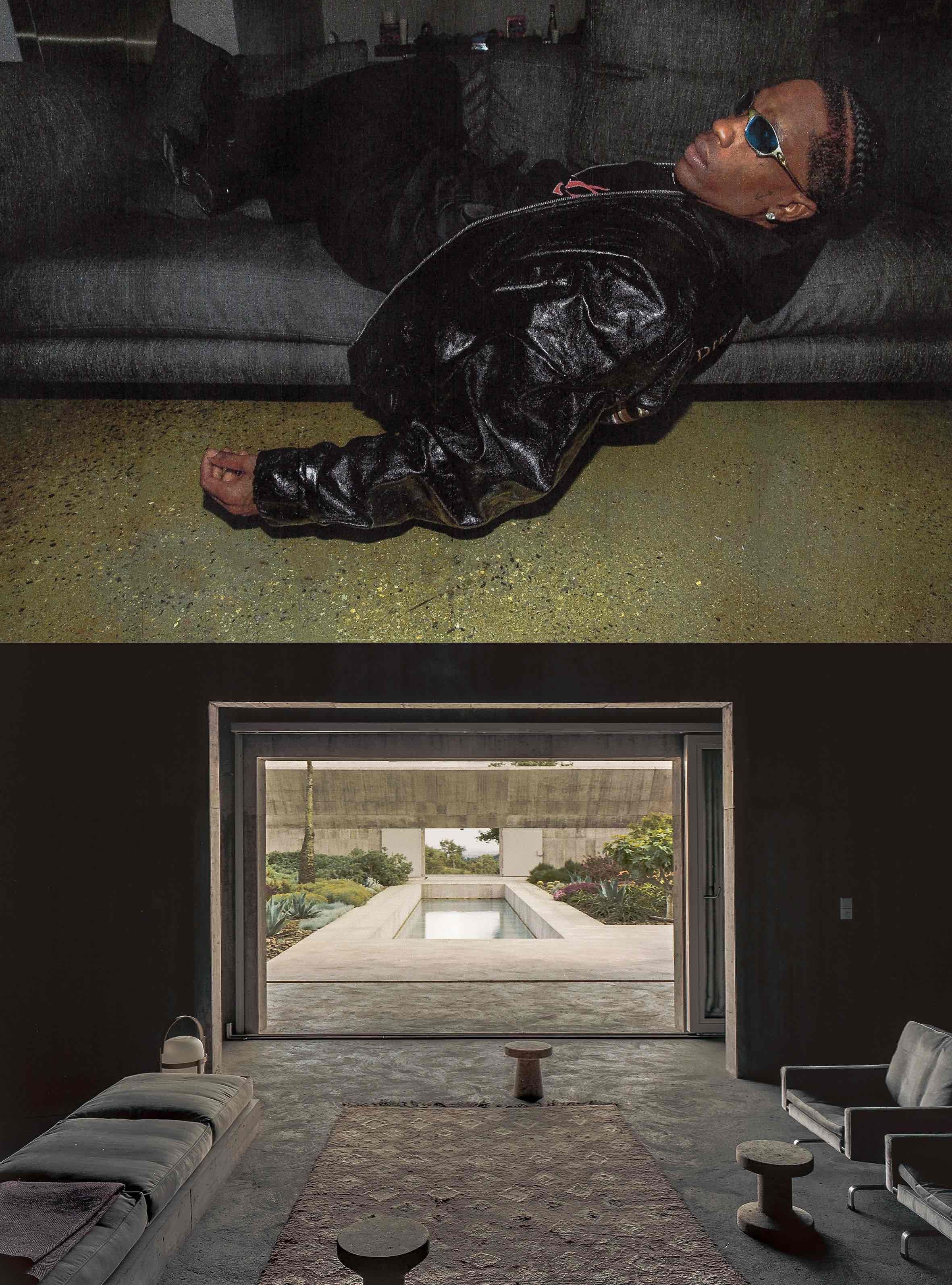
TOP: jacket MOWALOLA, pants and shoes SAINT LAURENT
BOTTOM: Villa Além, Portugal. Photography: Paulo Catrica
In August, the American rapper, singer, songwriter, and producer Travis Scott ended his world tour of Circus Maximus in Portugal. There, he traveled to the southern region of Alentejo, where the property known as Villa Além is hidden within a forest of cork trees. The otherworldly concrete compound – named after the Portuguese word for “beyond” – is the partial residence of Valerio Olgiati, a Swiss architect known for designing non-referential structures.
“Non-referential architecture is not an architecture that subsists as a referential vessel or as a symbol of something outside itself,” Olgiati writes in a 2018 treatise, co-authored with architectural theoretician Markus Breitschmid. “[These] buildings are entities that are themselves meaningful and sense-making and, as such, no less the embodiment of society than buildings were in the past when they were the bearers of common social ideals.” In addition to Villa Além, the award-winning architect has created structures such as the Pearling Path Visitor and Experience Centre at Bahrain’s UNESCO World Heritage site in Muharraq, the School Building in Paspels, the Baloise Insurance Company Office Tower in Basel, and the Yellow House in Flims.
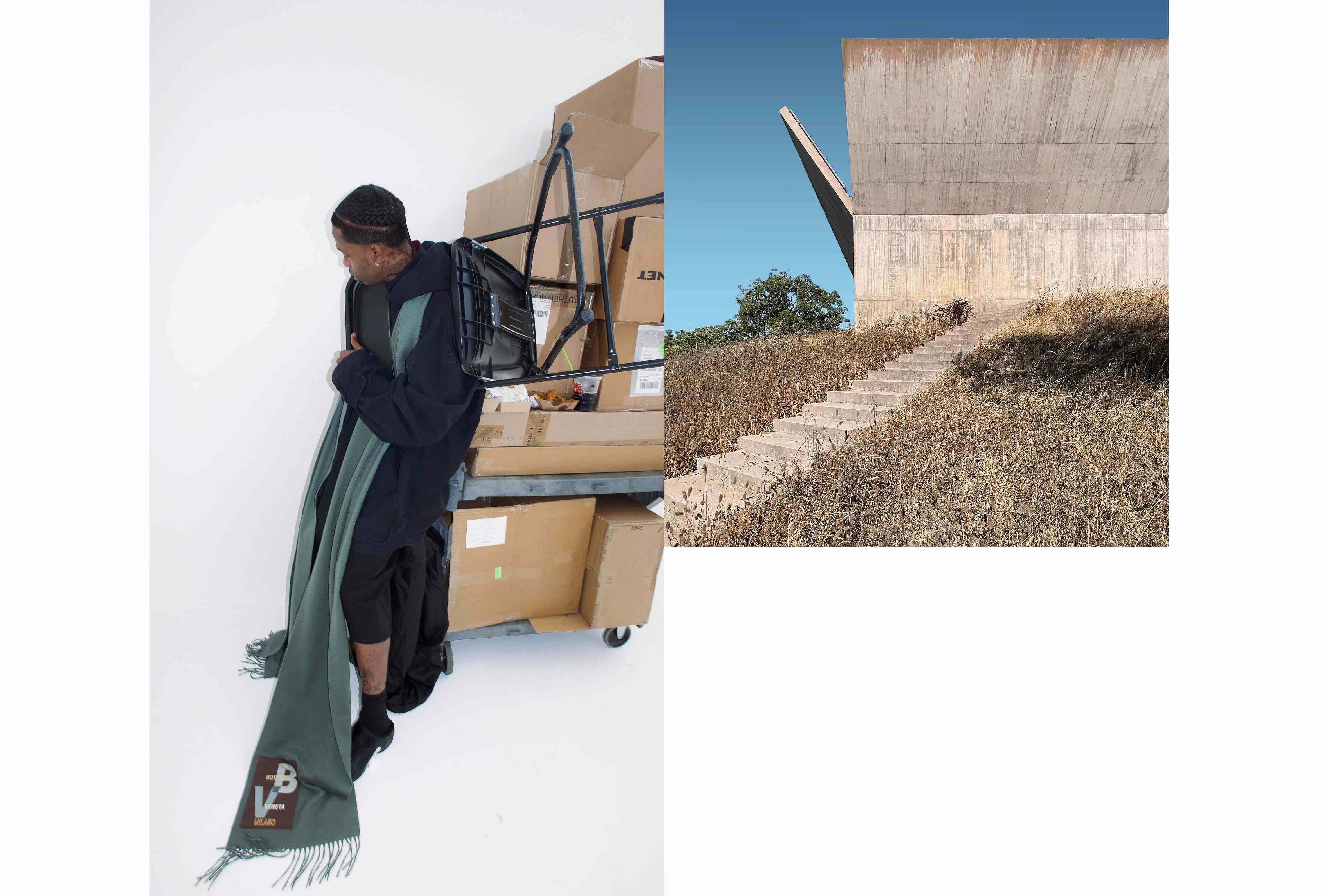
LEFT: jacket and pants GREG ROSS, shoes and socks NIKE, scarf BOTTEGA VENETA
RIGHT: Villa Além, Portugal. Courtesy of Archive Olgiati
After their meeting, Scott – whose record-breaking number one album Utopia has garnered over 50 billion streams since its 2023 release – shifted his focus toward materializing his next major project: ComplexCon. Directed, produced, designed, and programmed by Scott, the multidisciplinary culture festival took place in Las Vegas over a weekend in mid-November. In the weeks leading up to its unveiling, the 12-time Grammy nominee and Cactus Jack Records CEO reconnected with Olgiati. Together, they discussed the sense of kinship they feel in their artistic processes and philosophies, the merits of isolation, and the power of primal expression.
CASSIDY GEORGE: You met each other in August of this year, but how did you first become aware of each other’s work?
TRAVIS SCOTT: I’ve been into architecture forever. I’ve always been a fan of Valerio. Also of people like Rem Koolhaas, Frank Gehry, Tadao Ando – these masterminds who put different walks of life together into different buildings. When I came to Portugal on tour this summer, I was able to visit Valerio’s property. Honestly, I was ready to move in that day!
I’ve aspired to become an architect myself. I want to go to school for it and learn more about the engineering aspect of things, and also about building and technique. Being able to see what V does up close and personal ignites so much. Your synapses start connecting at a high level, and all these volts of energy and thought come together. That same day, he was able to come to my show, so I was able to give him an idea of what I’m trying to build – and show how these worlds come together.
VALERIO OLGIATI: I have to say I don’t know anything about music or how to speak about it theoretically, but I am of course aware of the American rap scene. I have known about Travis’ music for a while, but after seeing him perform in Portugal, I – I don’t really have the words. I can say that Travis seems to make things with instinct. His music is like a person walking without a narrative but towards a goal. It is not symbolic, and it doesn’t remind me of anything else [when I hear it]. I wouldn’t even call it “entertainment,” because entertainment is narrative. It wants to put people in a cloud. Travis’ music is something that I can just go with. I think we have found each other in a certain way, and I find it amazing that you came to visit the house. There must be something related.
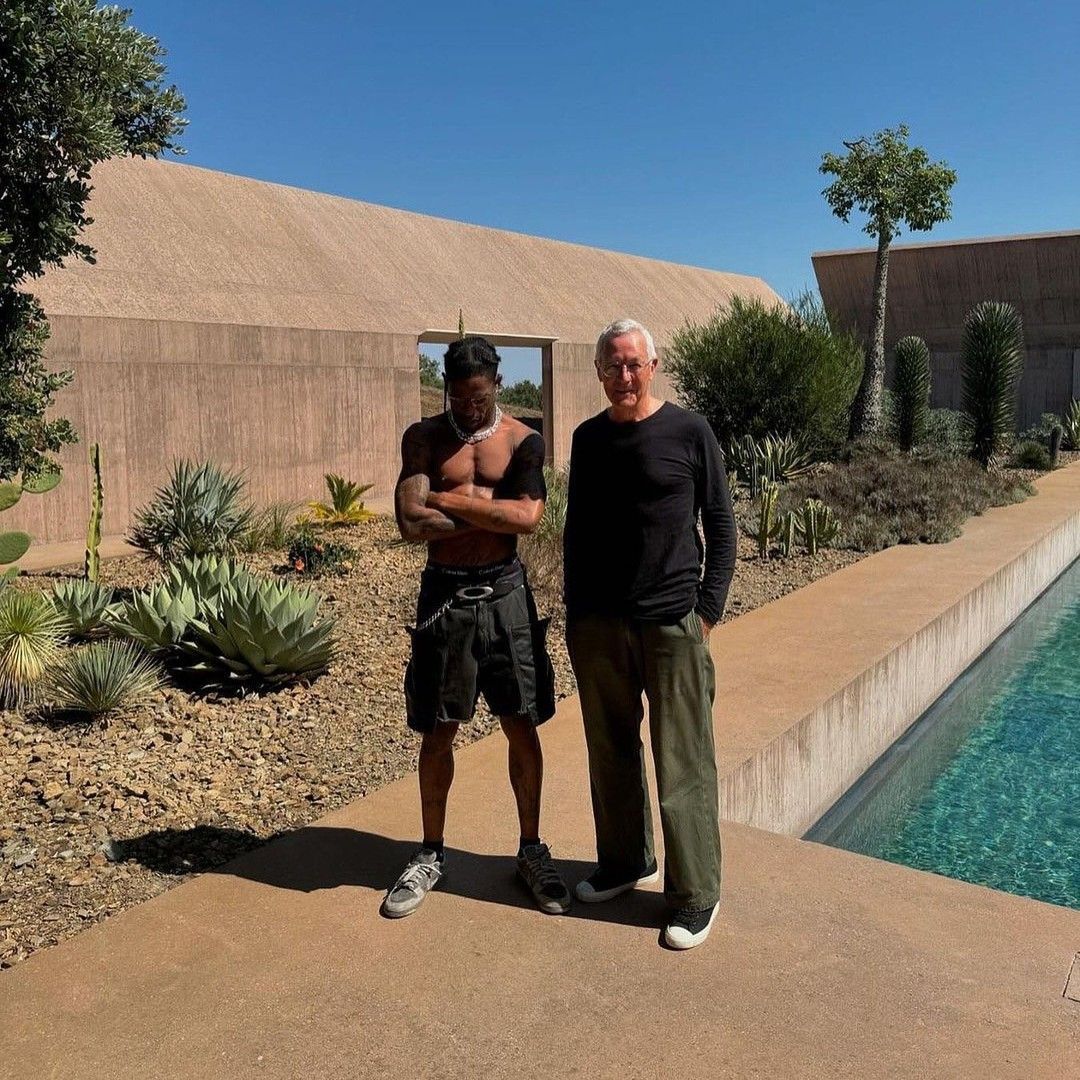
Travis Scott visited Valerio Olgiati at his Villa Além residence this year.
TS: After visiting Valerio, I came back to my crib, and I started asking so many questions. The things in Valerio’s space are so minimal and focused, and this allows you to be more mentally open – it creates a different thought process. I realized that I could also be more central and focused with the things in my house and that this would allow more freedom of expression and thought. A couple of changes can really [alter] the way you think, move, live, and create.
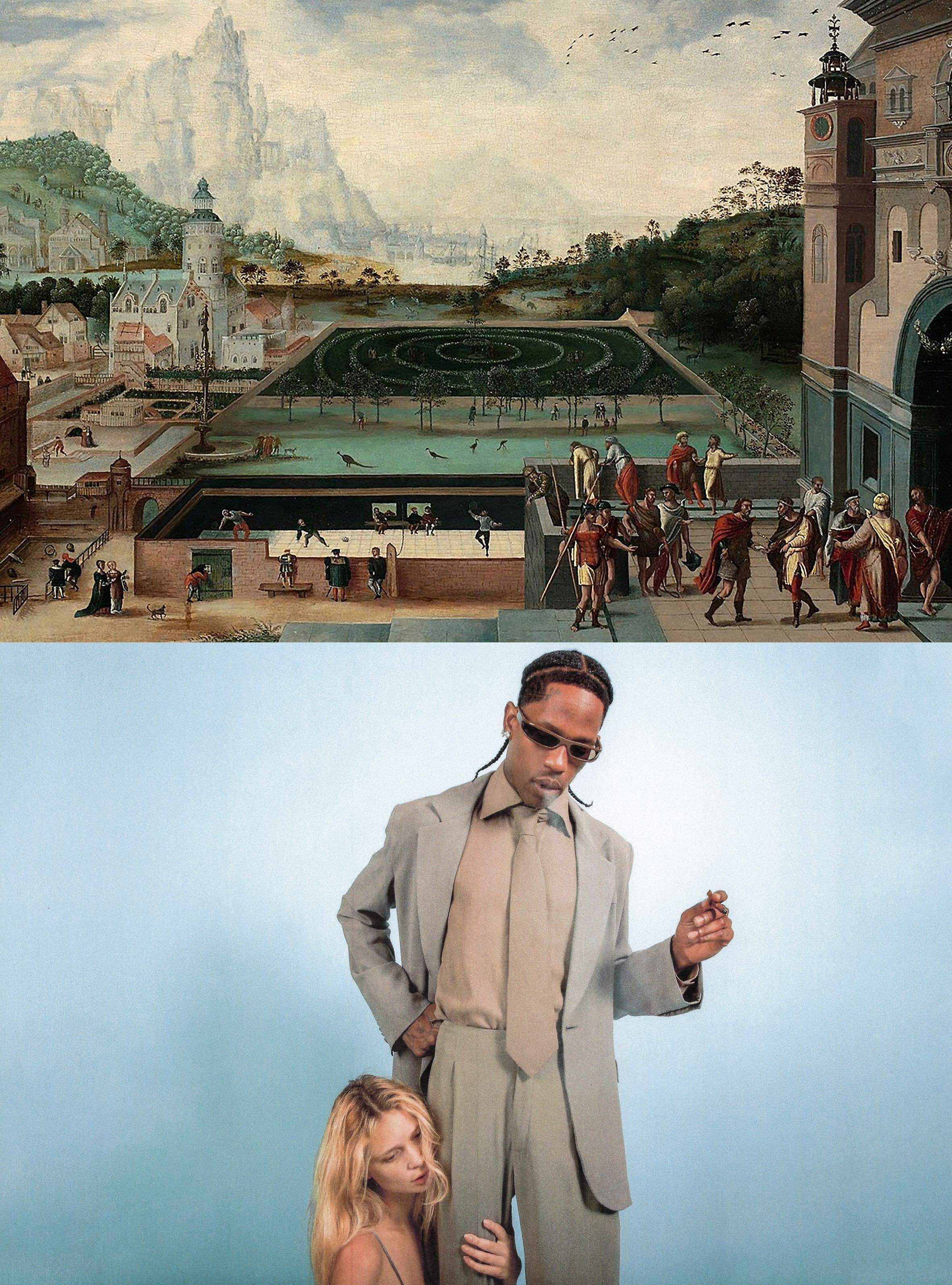
TOP: Herri met de Bles, The Story of David and Bathsheba, 1535–40
BOTTOM: full look SAINT LAURENT, sunglasses RICK OWENS
CG: How does this interest translate into what you do? How involved are you in your stage designs, for example?
TS: I’m not the best artist in the world, but I doodle. I create the best picture that I can from what I see in my mind and then put that into a computer. Then, I work with a team who helps bring it more to life. I always draw things that are beyond imagination, which means we have to somehow get it to a place where it works for a stage. I love being deep in that process. I’m so intrigued by how things are formed and put together. It’s kind of like producing to me – making a beat or engineering music is also about putting all these layers together to create one solid thing.
CG: In the book Non-Referential Architecture (2018), Valerio argues that non-referential buildings are “meaningful outside a vocabulary of fixed symbols and images and their historical connotations.” Can you expand on that idea? Could that same philosophical approach be applied to another medium, such as music?
VO: With “non-referential architecture,” I don’t mean architecture that is without image or memory. As soon as you make something that you can touch, see, or hear, you are working with memories. The question is, what are you saying with it? I want to make architecture that does not say anything or have to be interpreted – it is just experienced. It’s not about a lifestyle, it’s about an existential – almost animalistic – feeling. I see this in Travis’ music. It’s not something we need to think about or rationalize.
TS: That’s exactly what I’m trying to create in a show. It’s supposed to be a non-thinking experience – it’s pure expression.
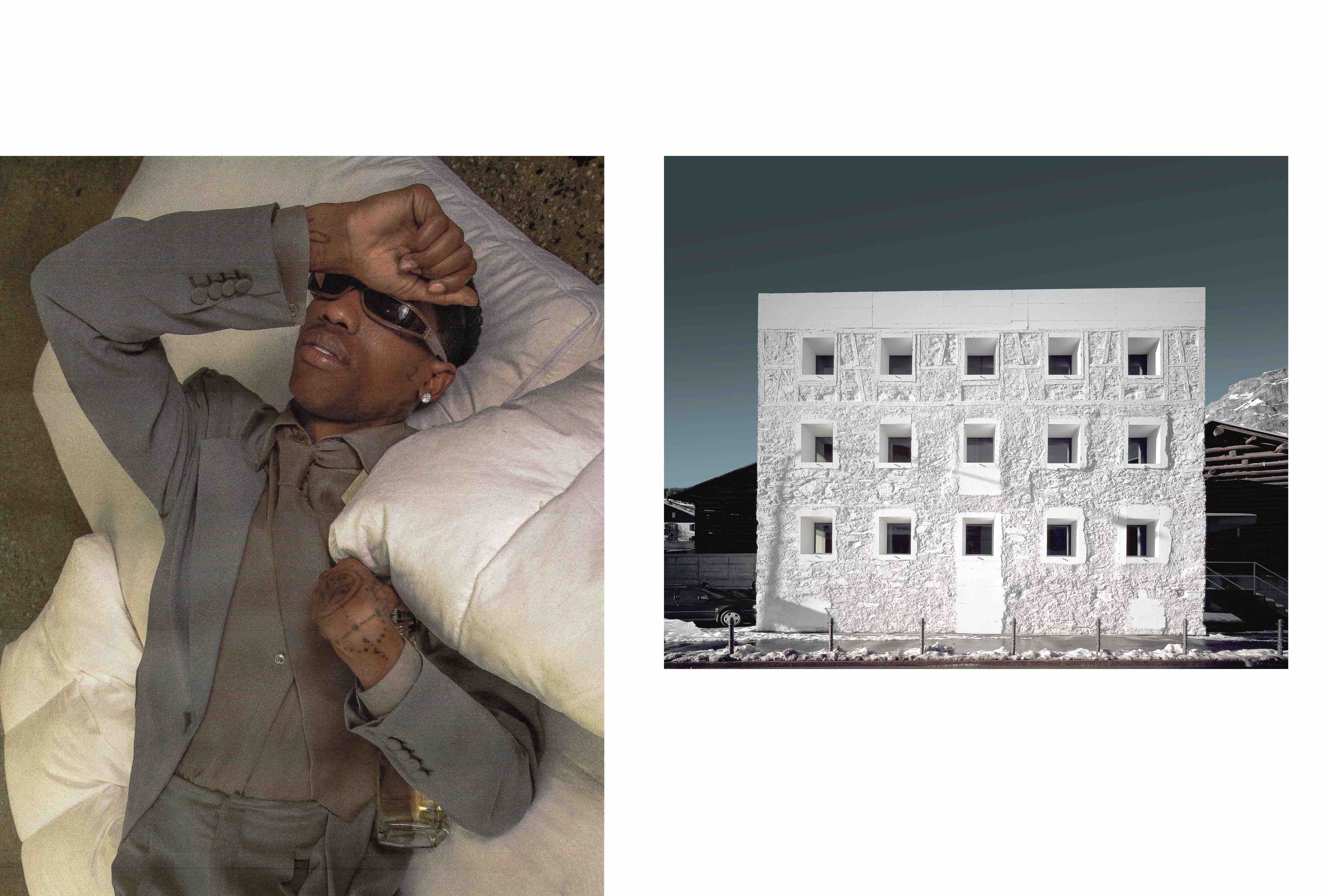
LEFT: full look SAINT LAURENT, sunglasses RICK OWENS
RIGHT: Das Gelbe Haus (the Yellow House), Switzerland. Photo: Christian Kerez
VO: I think the ability to translate an idea that people are able to understand – but not necessarily understand intellectually – is what we call talent, or in extreme cases, genius. When I was at your show in Portugal, I was amazed at how many people you were able to reach, even with this radical approach. I did not know this was possible. I used to think that if you are radical, you are maybe able to reach some crazy guys somewhere around the corner – but not the masses. With you, they are willing to follow [your vision].
TS: I am uncompromising with the integrity of the artistry in my music. There were four years between the release of Astroworld and Utopia because I’d rather take my time and make something amazing. My process is asking myself: When are the times ready for this? Nothing should ever be scripted. It’s all about the feeling created from the first track to the final. I want to create a seamless flow that matches the space I am trying to design – which is a Utopia atmosphere. That’s what V does, he creates these utopian spaces where things can happen. You can relax and enjoy time with friends and family, but if you’re creative, you can really open up your third eye and dial in to your vision. It all connects in that way.
VO: Travis is talking about an archaic process of creating – creating without the thought of an audience. It’s about listening to yourself and then making. I would also describe my process like this. Of course, there is a very different technique behind architecture, but it’s the same unconscious, instinctive way of producing. You don’t produce for the public. You produce what you have to produce – you materialize your idea.
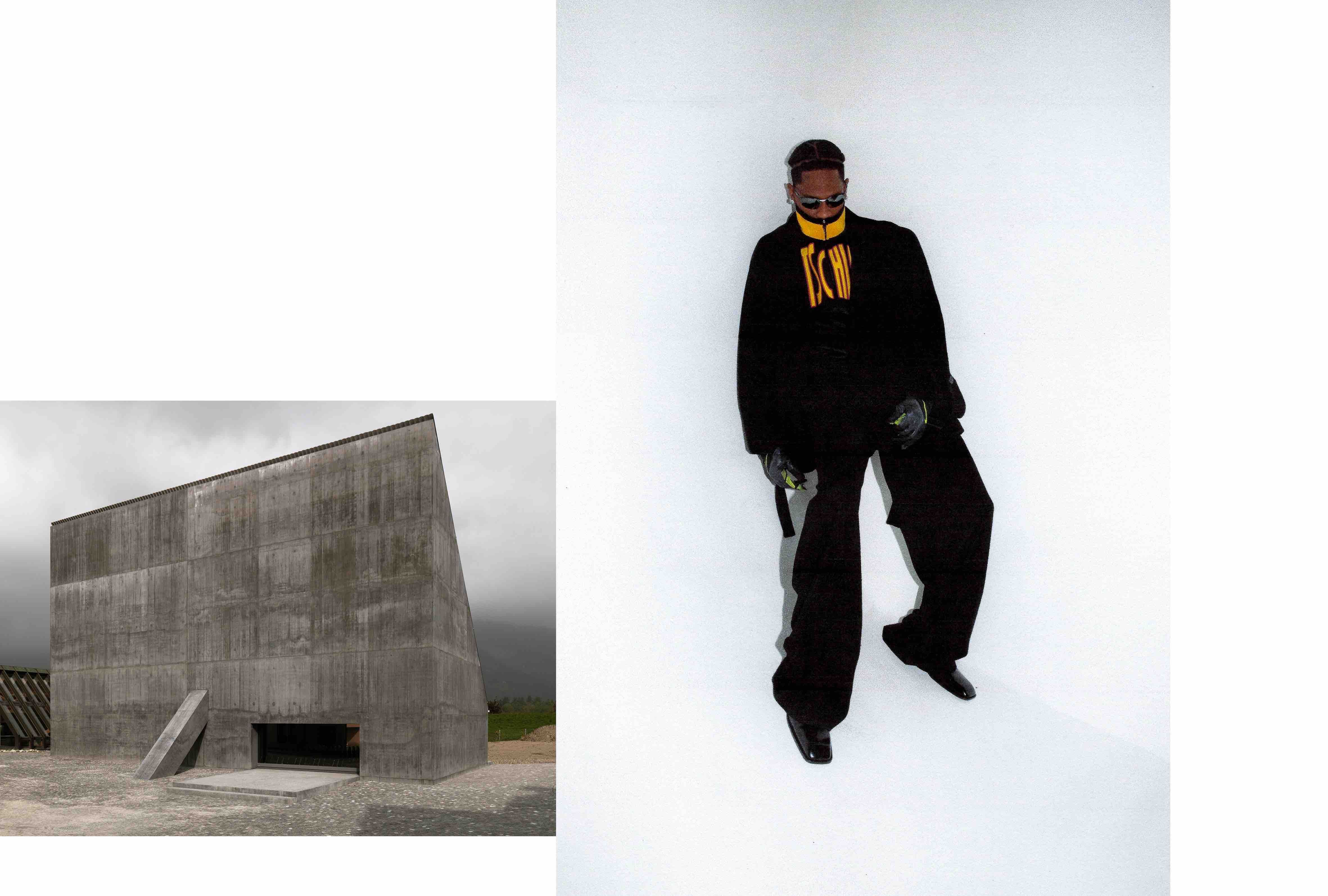
LEFT: Plantahof Auditorium, Switzerland. Photography: Javier Miguel Verme
RIGHT: jacket, pants, and shoes SAINT LAURENT, sunglasses OAKLEY, gloves NIKE
CG: You have both described your work as “non-narrative.” How does it feel when people insert their own narratives and project meaning onto the things you create?
TS: You know, it’s crazy, because no one has ever asked this question – but for me, it happens a lot, especially in my music. I’ve never been one to respond, because I think art should always be open for people to create their own ideas. It’s the same with films and paintings – these things create conversation. What’s special is that you do really connect with the ones who figure it out. That’s who you align yourself with – the ones who get it, not with the conspiracy theorists. At the same time, that’s what it means to be a human being. We are not all the same thinker.
It is true that a lot of people understand [me now] – I’ve watched it grow from five people to one thousand to stadiums and arenas worldwide. But there are still eight billion people in the world. I am always trying to reach that next level of understanding and to put my best foot forward, especially for the doubters! If I’m not going to explain anything, then I am at least going to put out the best possible product. I want to be like, “You got it wrong, but do you get it now?” That’s just one of the gears that inspires me to keep going.
VO: I’m not at all bothered when people try to find meaning. That’s when any form comes to life – when it becomes a platform that people can project something onto. With my architecture, I want to invite people to be creative, because they have to project their ideas. Of course, my architecture can be misused – for example, when it’s used to explain something that I don’t agree with, or when it’s affiliated with mainstream stereotypes. I don’t like that. But when people begin to fantasize about something I’ve made, then it’s perfect.
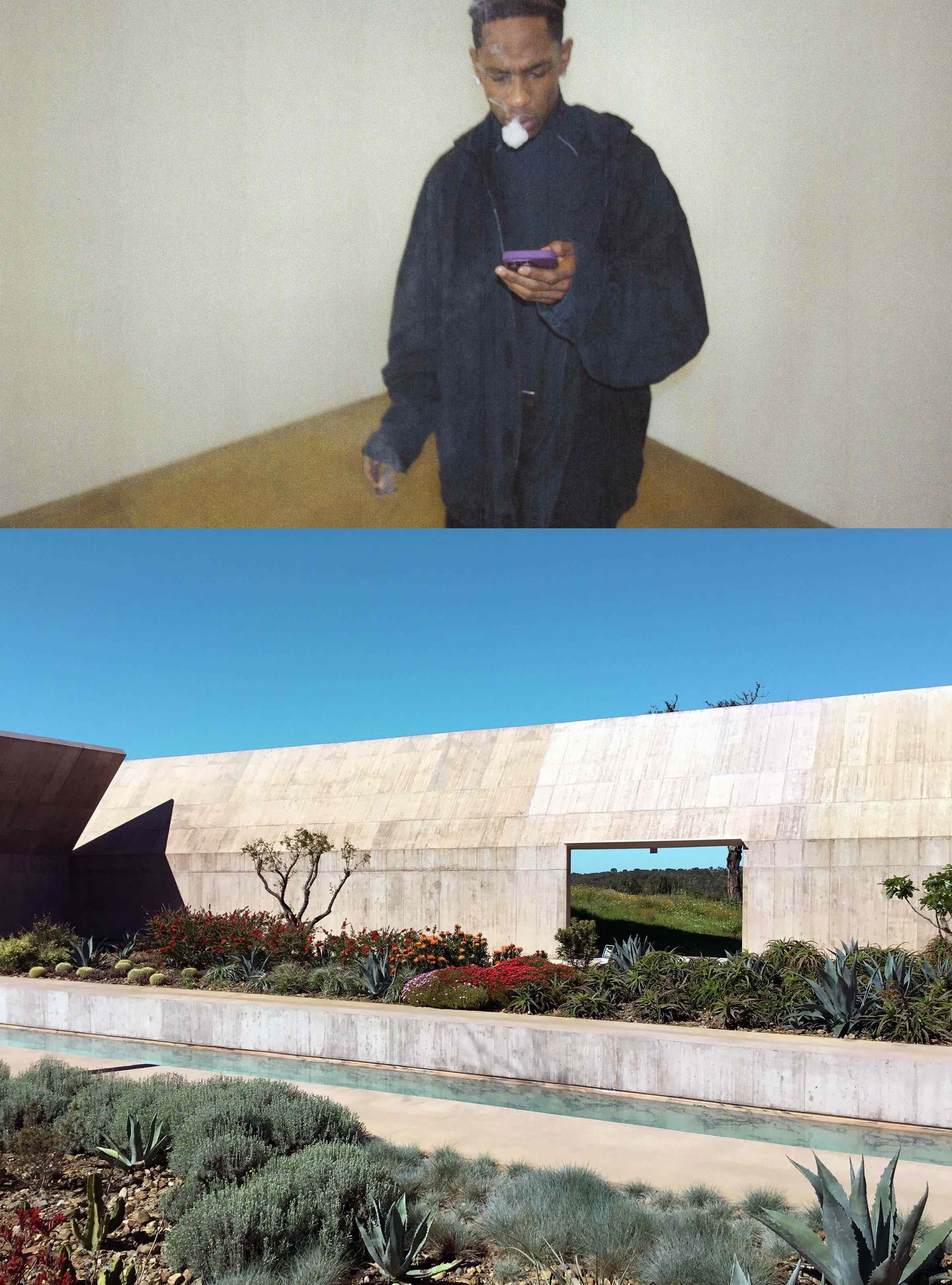
TOP: jacket GREG ROSS, top NIKE
BOTTOM: Villa Além, Portugal. Courtesy of Archive Olgiati
CG: Does isolation play a key role in both of your creative processes?
TS: I like to record in the studio alone. Occasionally I’ll have friends in there with me, or I’ll work with a group of creatives or producers, and we all cook up things at the same time. But because I like to engineer things myself, I love to just go in. I’m not all about solitude, but I do find comfort in it.
VO: For many months of the year, I live very much alone and isolated in the wilderness. I believe that you are only ever reacting when you are always around other people. But I want to act. I want to make inventions, and I cannot invent if I am constantly reacting. When I’m alone, I can create ideas and formulate them, and I cannot do this if I don’t spend a certain amount of time a year alone.
CG: What do you both most want to be remembered for?
VO: Travis is way too young to answer this! Look at him! [laughs] He cannot possibly be thinking about his legacy. Even I don’t know the answer to this, because I just go ahead with my life. I am not thinking about anything later or after.
TS: I’m the same. I’m just here to continue pushing the sonics. It’s not about what I want to leave behind, because I want to do this shit forever. I’m just so thrilled to be able to keep putting out ill soundscapes.
VO: You just do. This is the point. This is also what I want. I want to just … do. That’s very archaic, you see?

jacket GREG ROSS, scarf BOTTEGA VENETA
Credits
- Text: CASSIDY GEORGE
- Photography: BRENT McKEEVER
- Fashion: PERI ROZENWEIG
- Fashion: NICK ROYAL
- Grooming: MERREL HOLLIS
- Grooming: YAZMIN ADAMS
- Fashion Assistant: ALICIA RODRIGUEZ APARICIO
Related Content
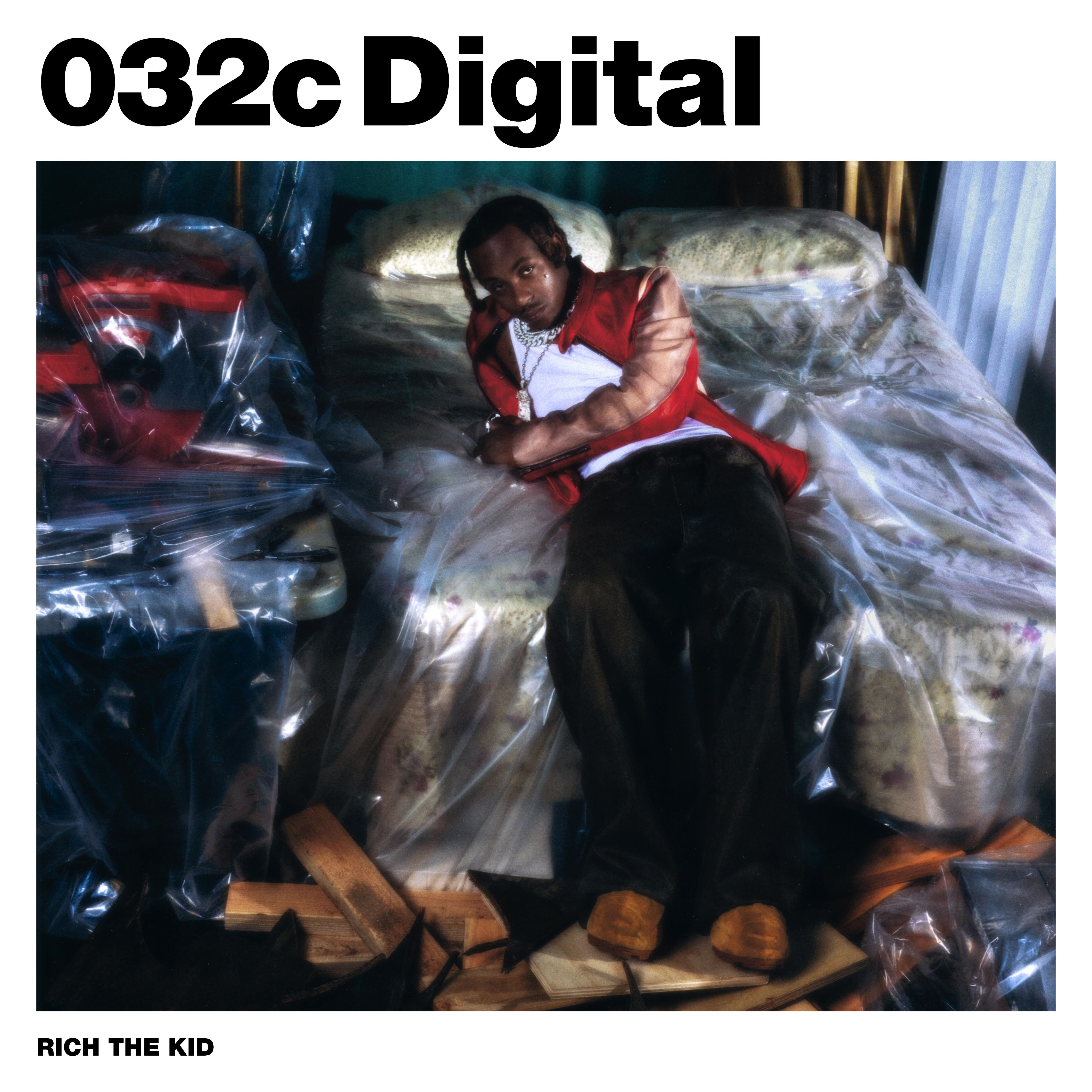
Rich the Kid: The Sound of the Future
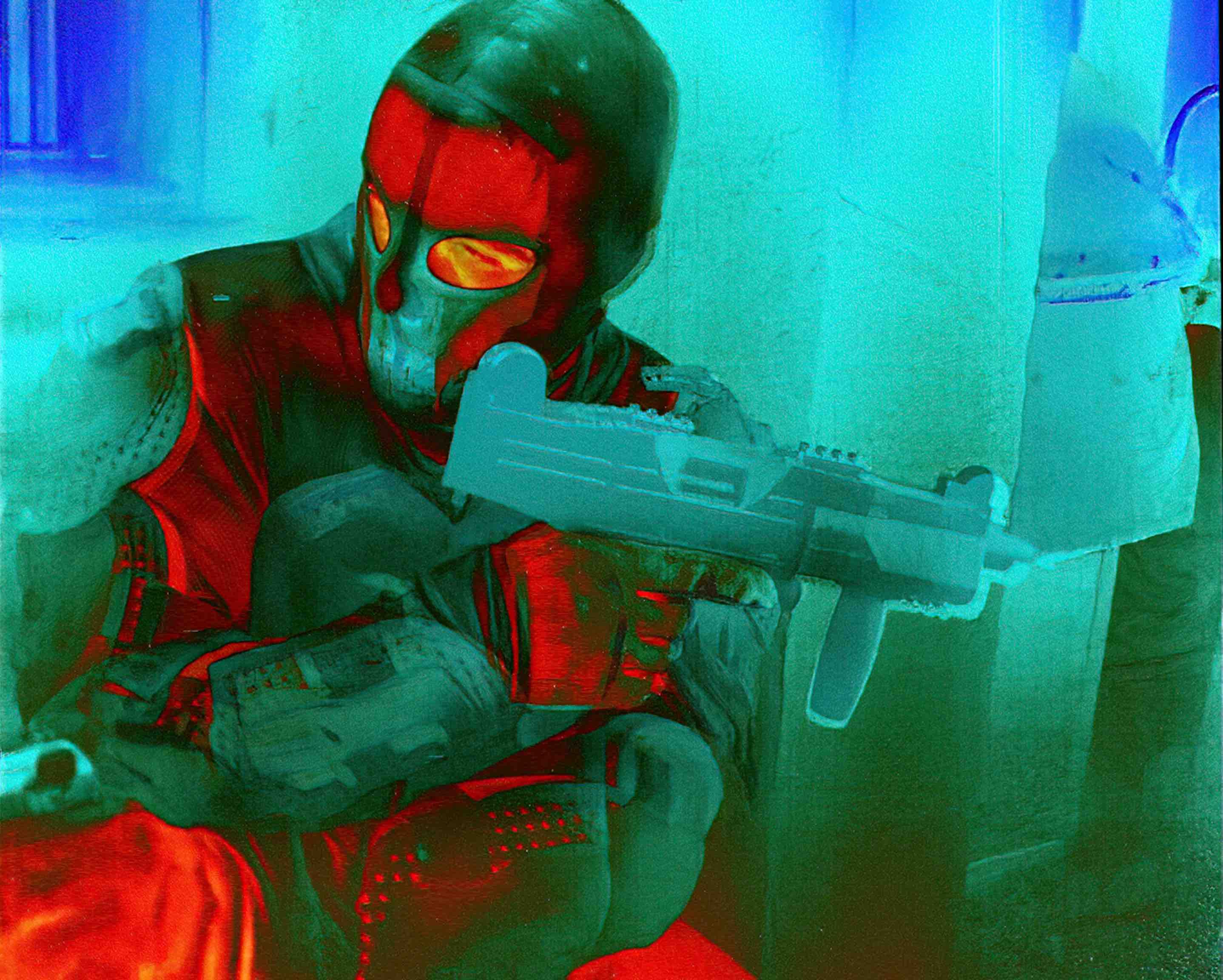
EDGLRD: Harmony Korine Sets Technology Aflame
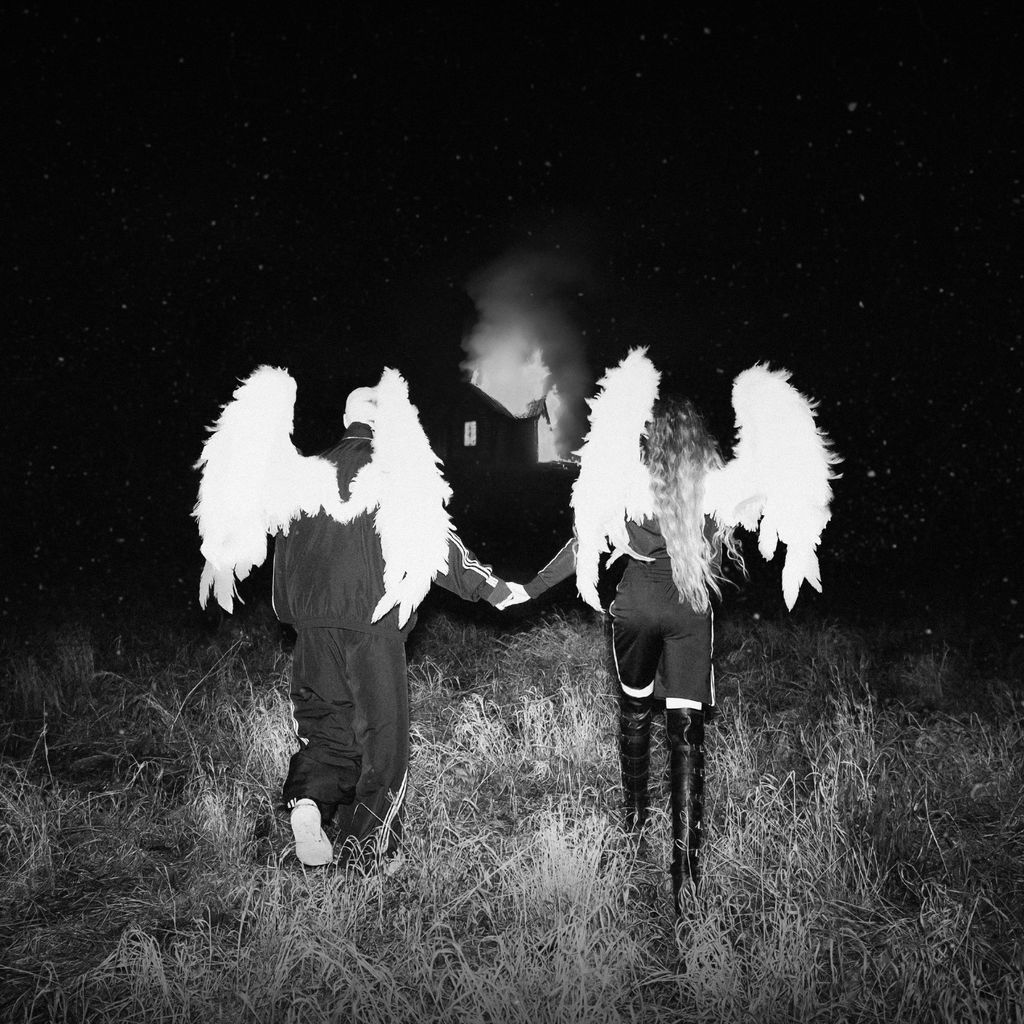
IC3PEAK: "Not yelling is the most radical thing you can do"
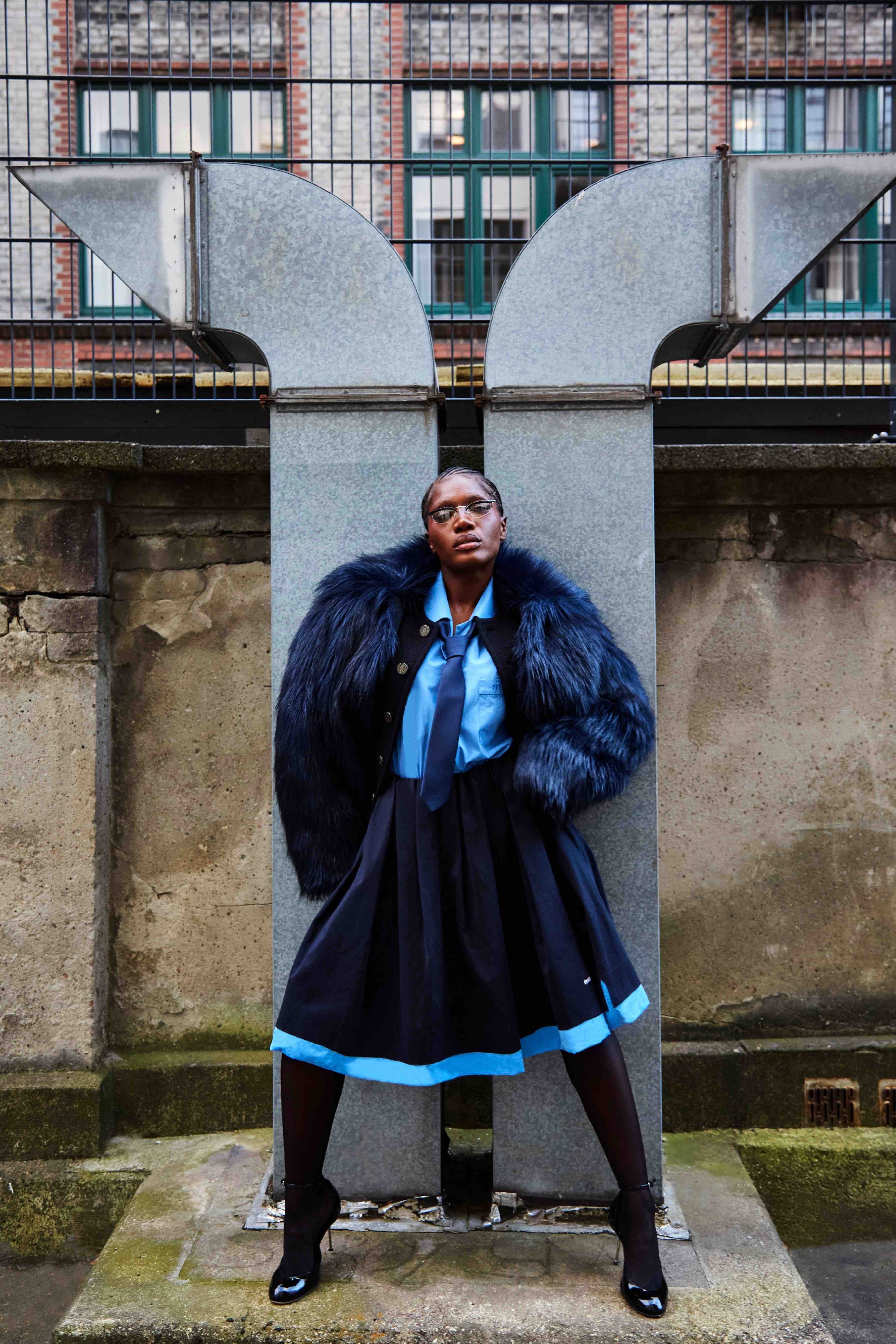
DOECHII on Swamp Rap, Alter Egos and Narcissistic Exes
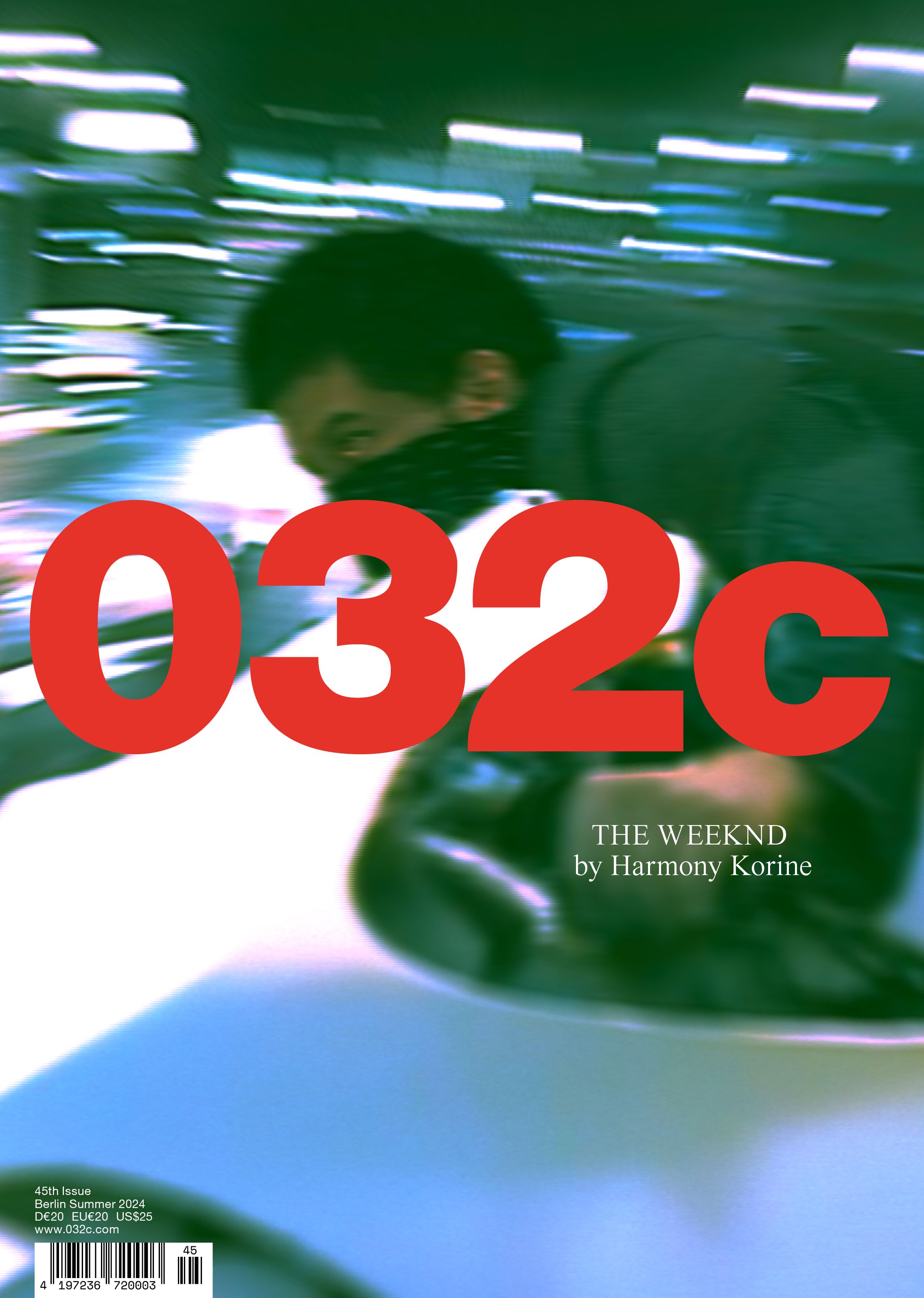
The Weeknd Interviews Abel Tesfaye
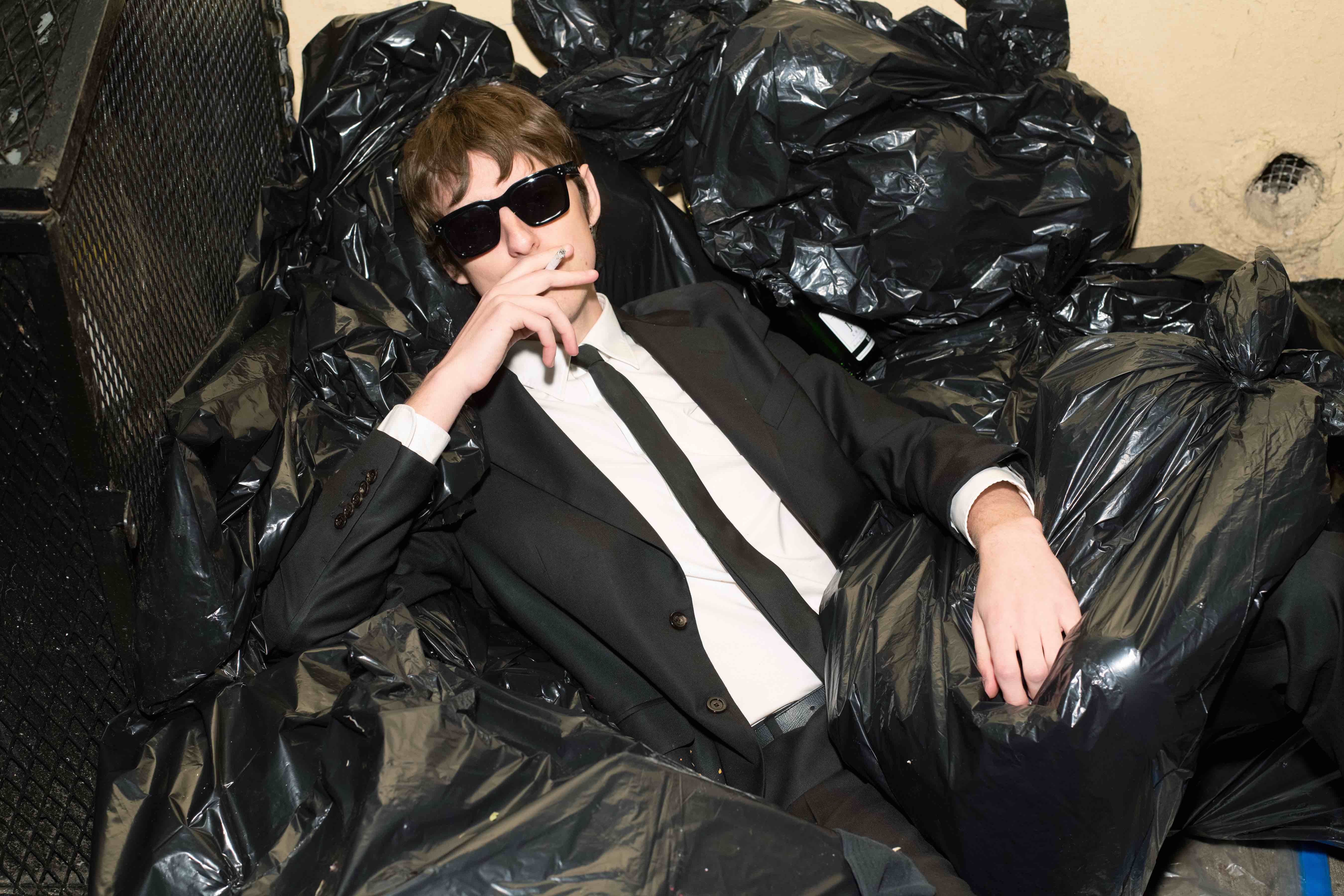
The Dare Knows What's Wrong with New York
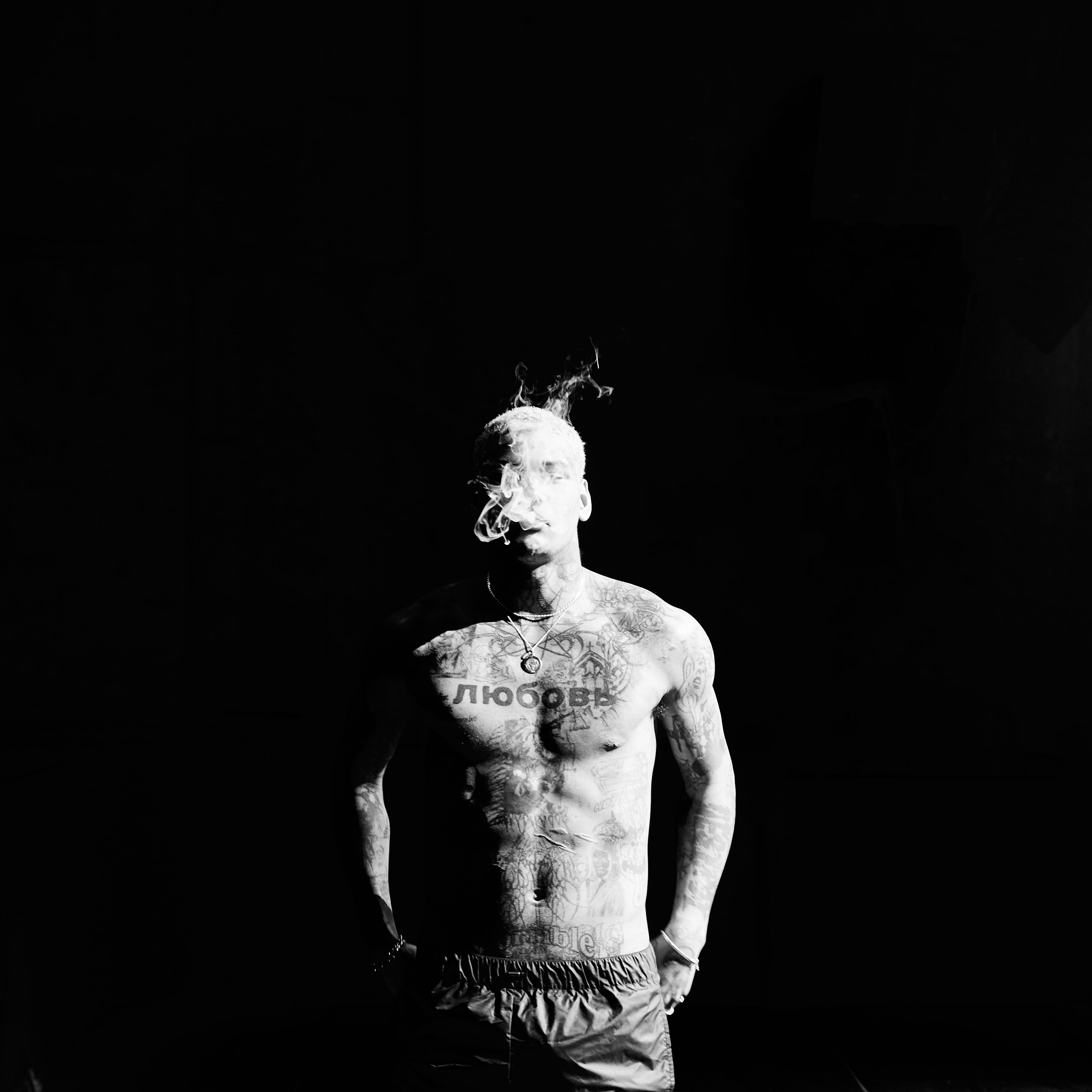
Thoughts on Ekkstacy in Berlin
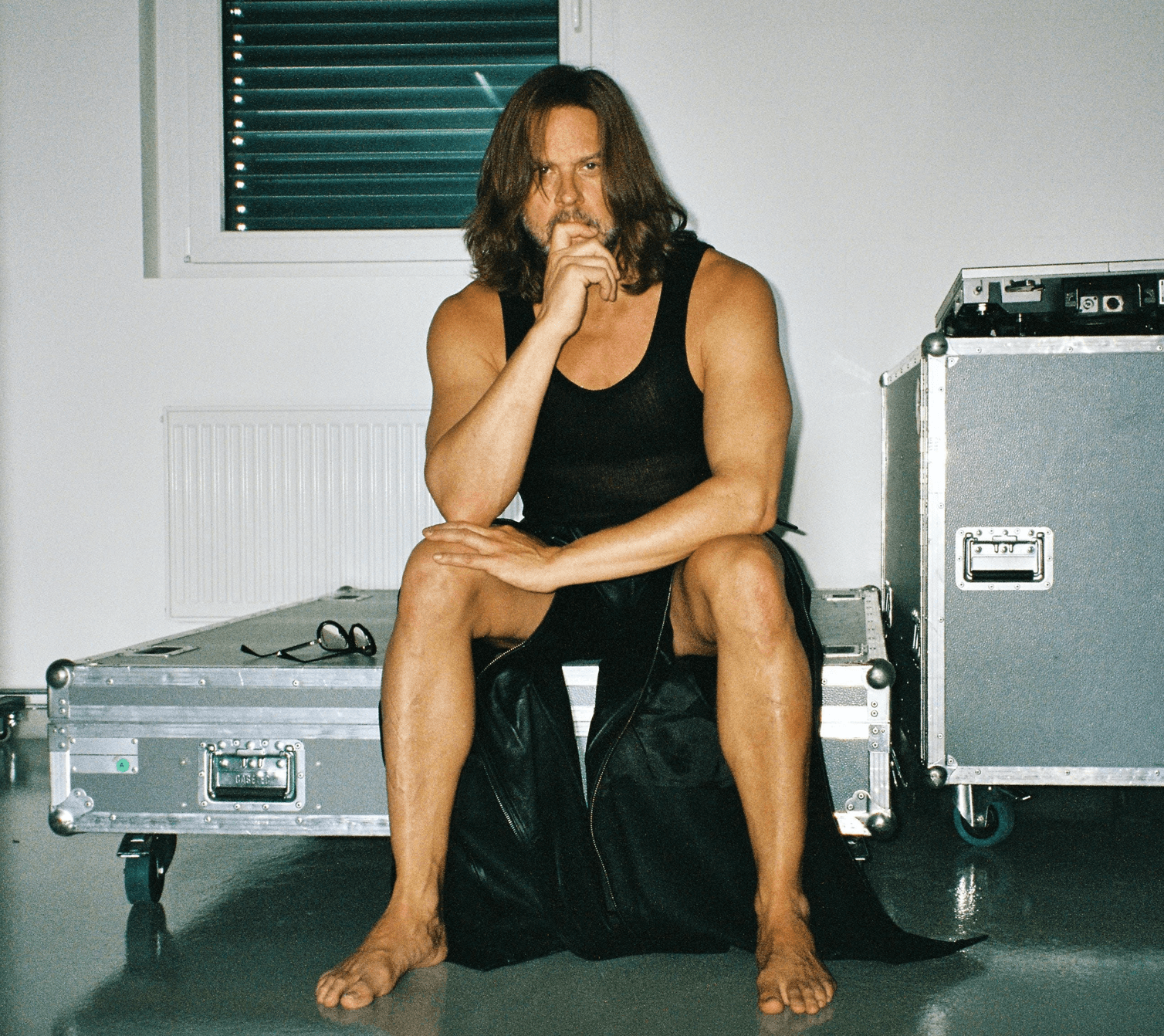
With Love From Death Beach, Casey Spooner